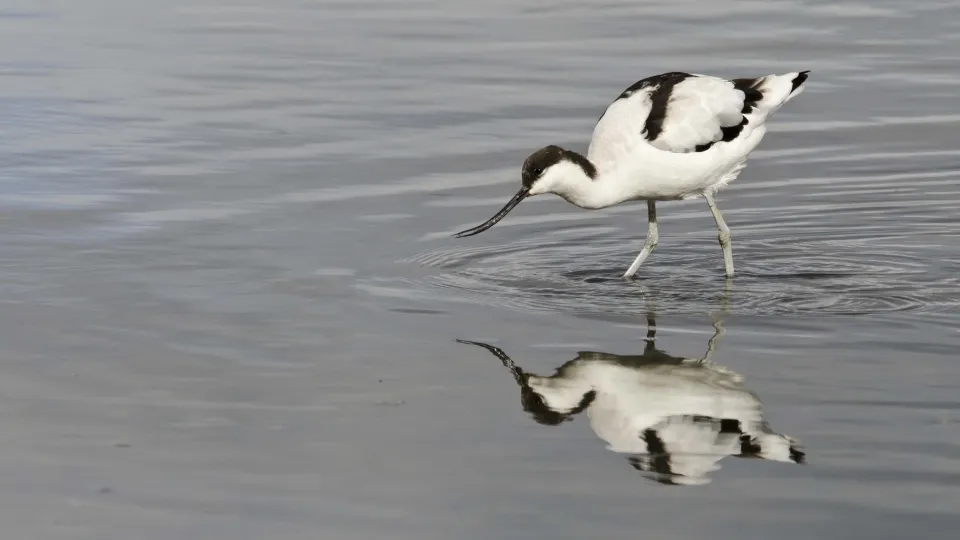
Avocet
A key species in the story of conservation, the avocet represents an amazing recovery of a bird once extinct in the UK. This pied bird, with its distinctive upturned bill, can now be seen on marshes and estuaries in the East and South West.

A key species in the story of conservation, the avocet represents an amazing recovery of a bird once extinct in the UK. This pied bird, with its distinctive upturned bill, can now be seen on marshes and estuaries in the East and South West.
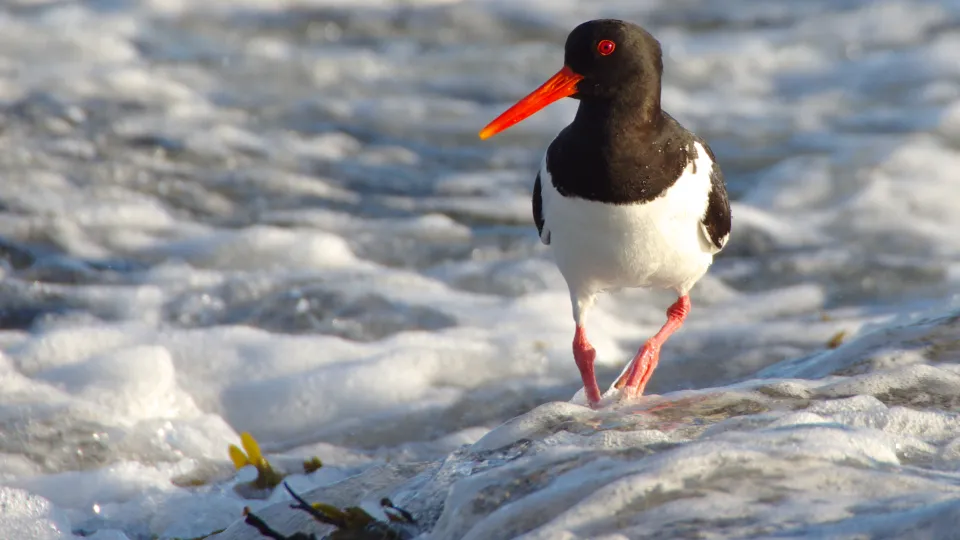
The loud 'peep-ing' call of an oystercatcher is a recognisable and familiar sound of the seashore. Look out for it hunting on rocky and muddy shores for shellfish to eat. It can also be spotted on some inland waterbodies where it has started to breed.
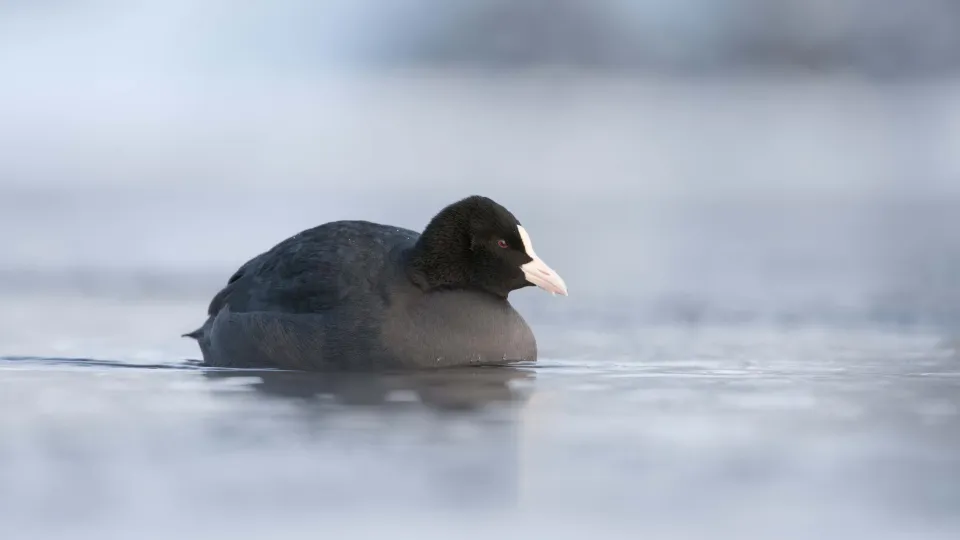
A familiar black bird of our lakes, ponds and rivers, the coot is widespread; look out for its large and untidy-looking nest on the water in spring. The coot can be distinguished from the similar Moorhen by its white beak and 'shield', and its entirely black body.
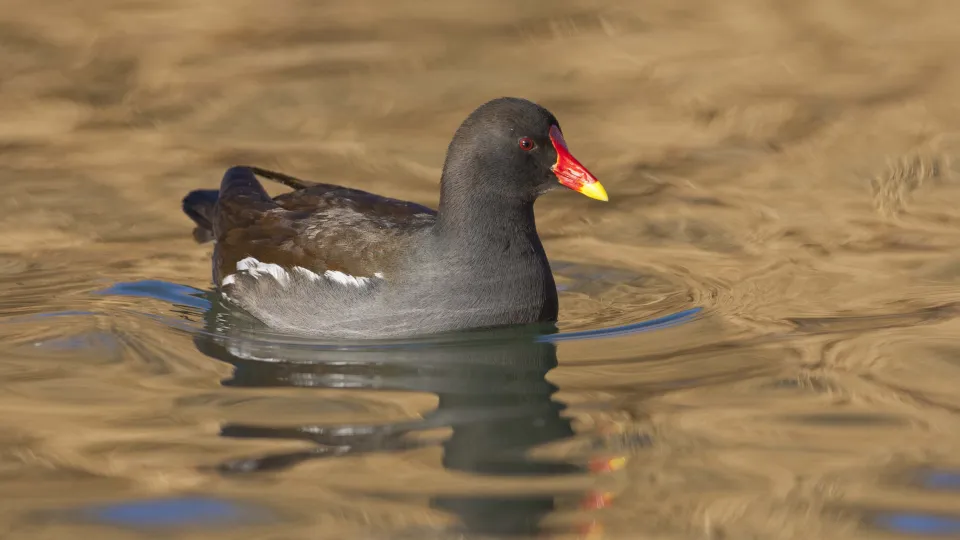
A familiar black bird of our lakes, ponds and rivers, the moorhen is widespread; look out for its large and untidy-looking nest on the water in spring. It can be distinguished from the similar coot by its yellow legs, red beak and the white patches on its body.
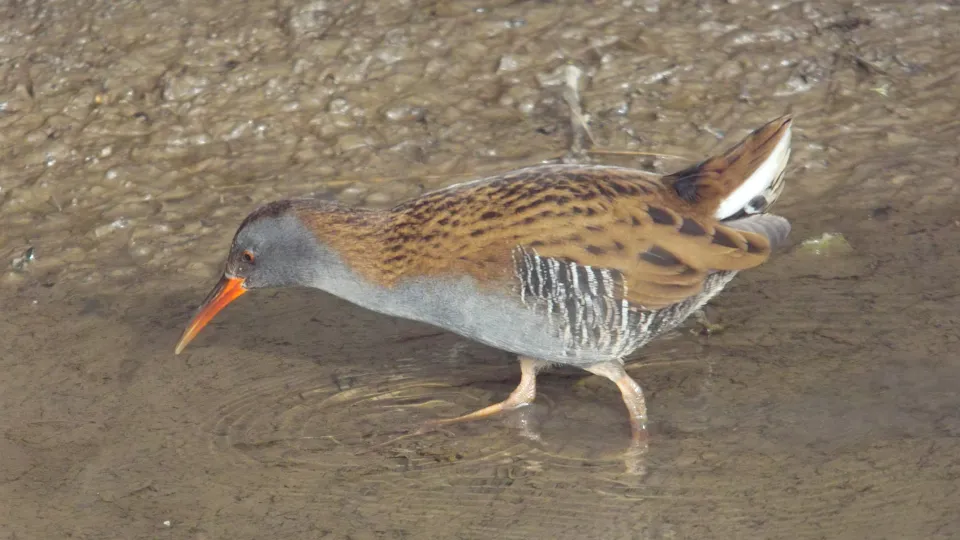
From grunts and groans, to 'purring' and 'piglet squealing', the water rail is more often heard than it is seen! This shy bird lives in reedbeds and wetlands, hiding among the vegetation.
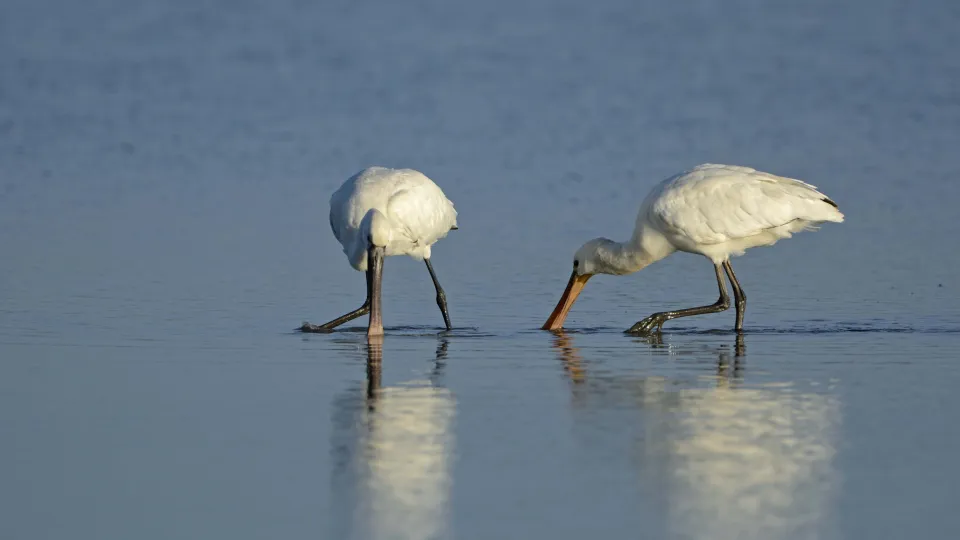
The distinctive sight of a spoonbill is becoming increasingly common in the east and southwest of England, with colonies of breeding birds now established.
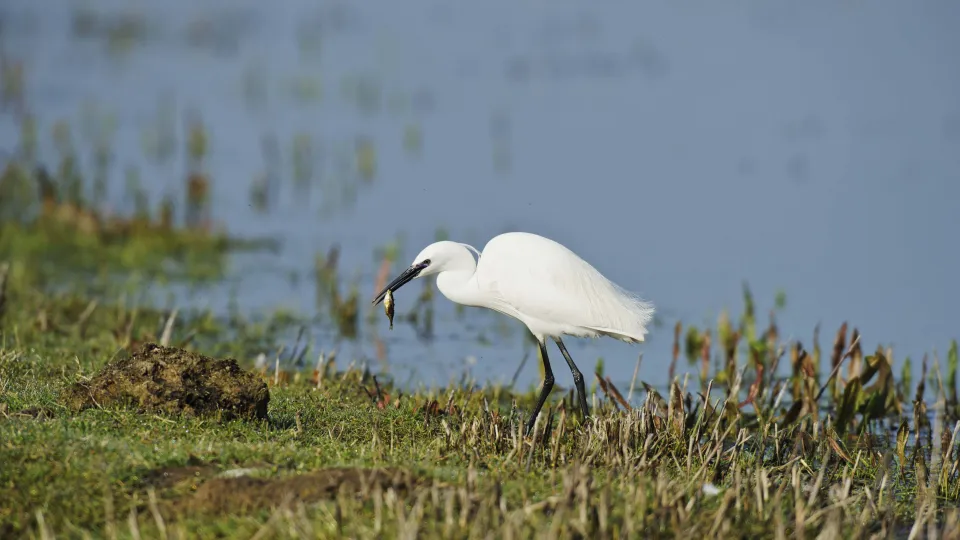
The elegant little egret was once a rare visitor to our shores, but can now regularly be spotted around the coastline of England and Wales. Look out for its beautiful neck plumes that herald the breeding season.
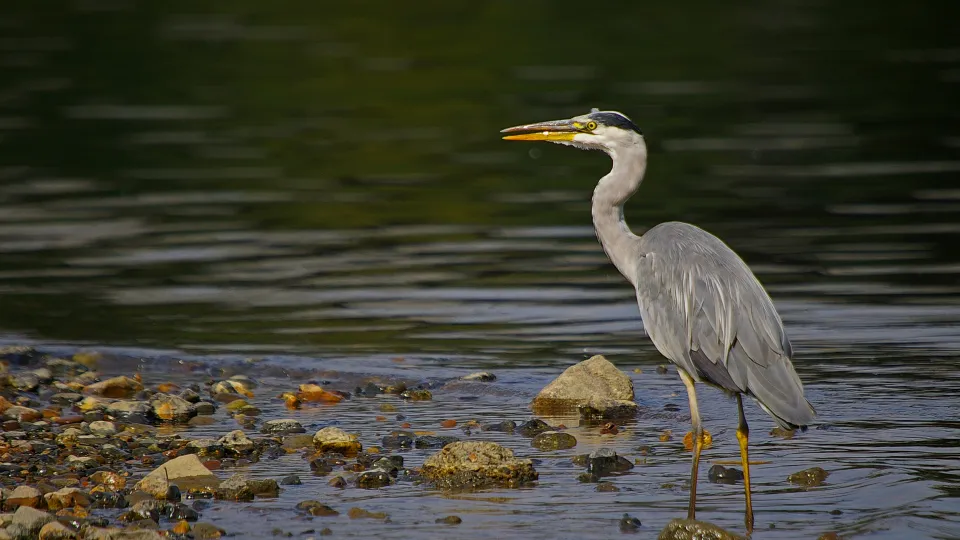
Spot these tall, prehistoric looking birds standing like a statue on the edge of ponds and lakes, contemplating their next meal.
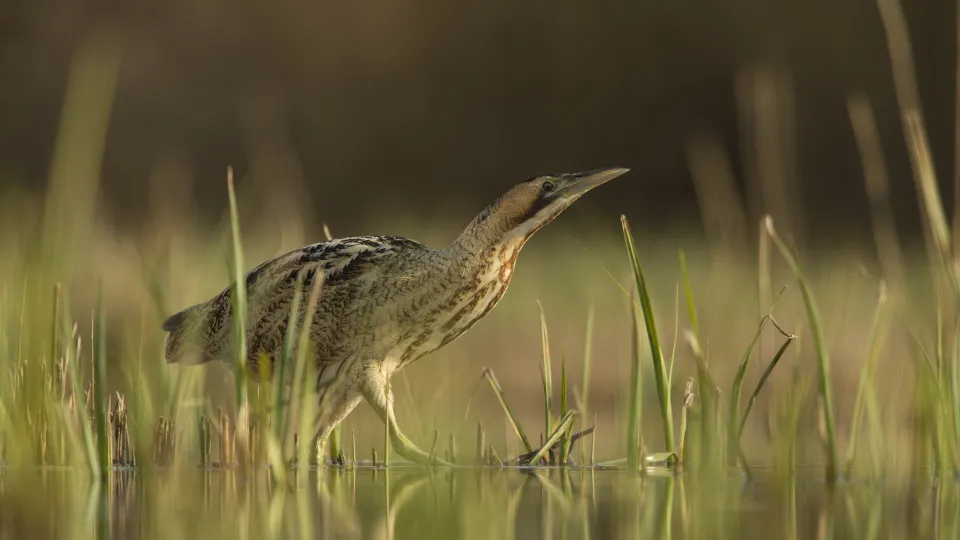
The shy and retiring bittern is a master of blending in and can be very difficult to spot in its reedbed home. It does sound like a booming foghorn, however, when it calls, so can often be heard if it cannot be seen.
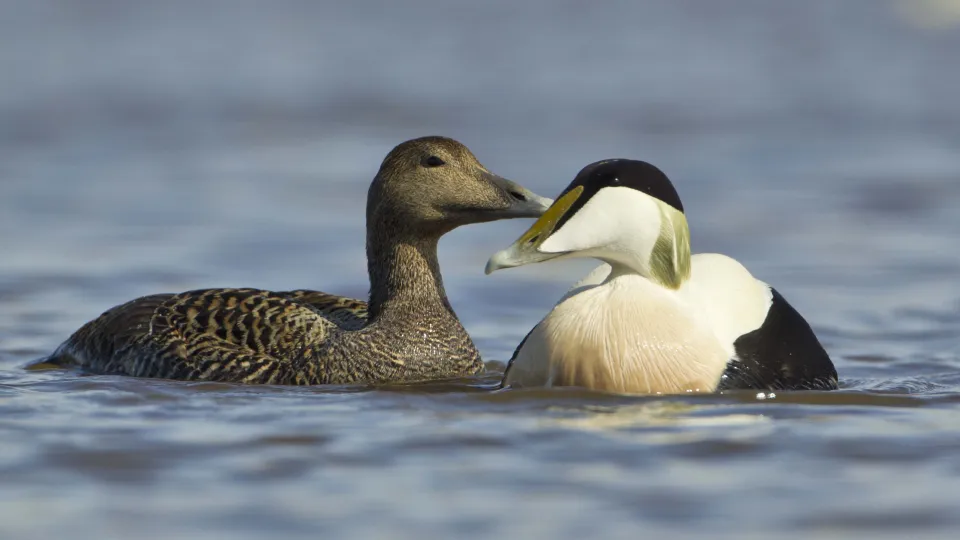
The eider is a large seaduck, famed for its soft, downy feathers that are not only used by the bird to line and insulate its nest, but also by humans to stuff our quilts and pillows. It nests around the northern coastline of the UK.